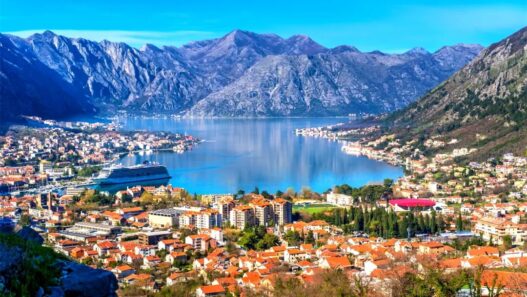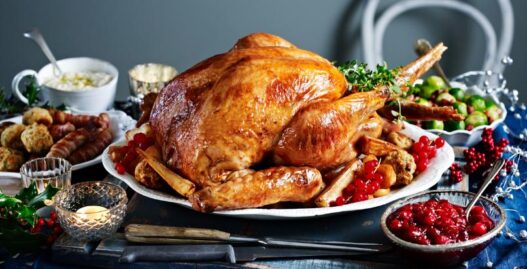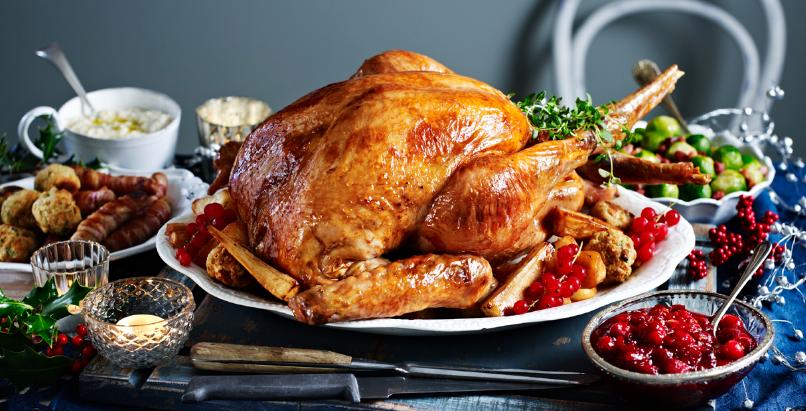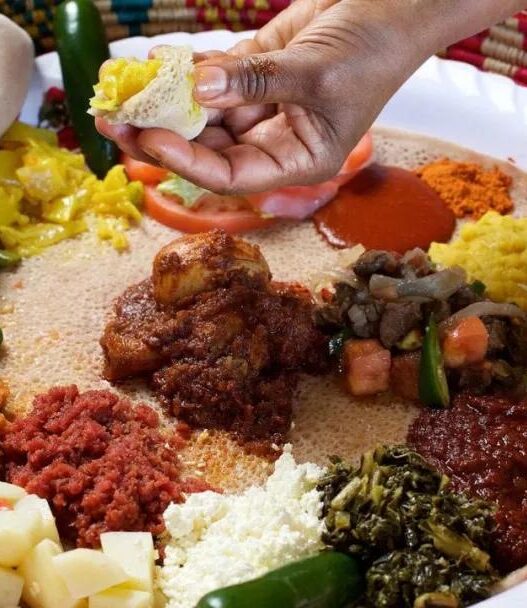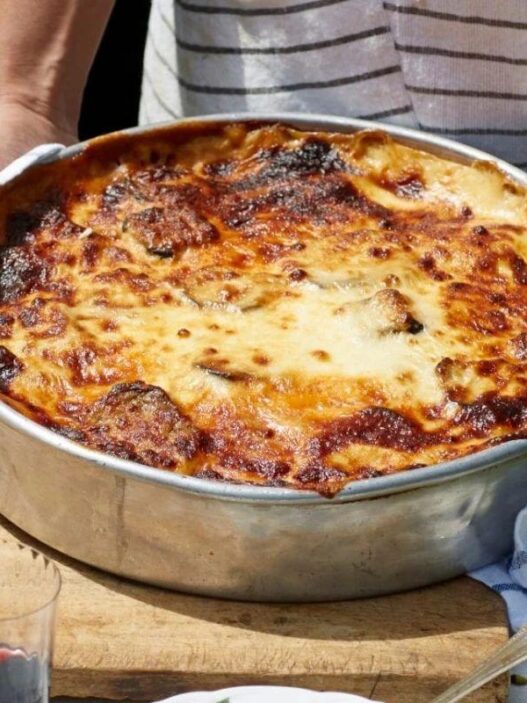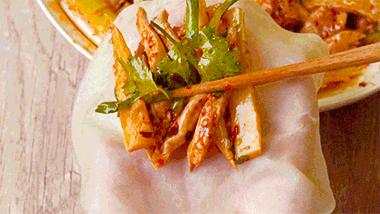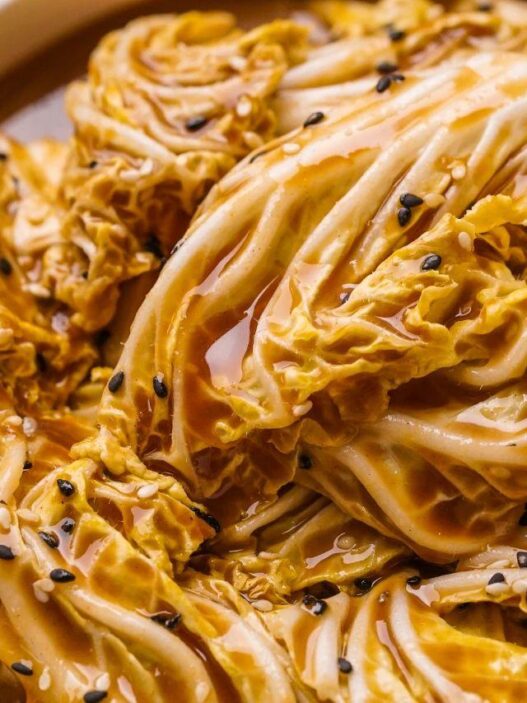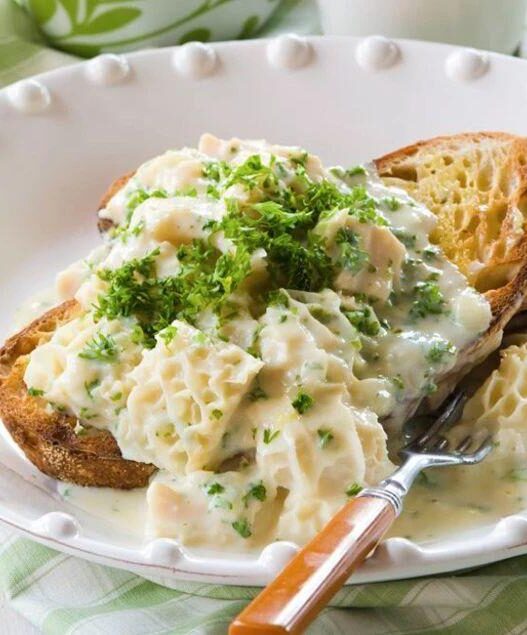When talking about Christmas turkey history, one dish stands above the rest in the Anglo-Saxon world—the roast turkey. But how did this American bird come to dominate the holiday table?
The Origins of the Christmas Turkey
Before the Age of Exploration, Europeans had never even seen a turkey. Turkeys are native to the Americas, meaning traditional European Christmas feasts were turkey-free. However, festive meals required a grand dish, and throughout history, whole poultry—be it chicken, duck, or goose—was a staple of holiday feasts.
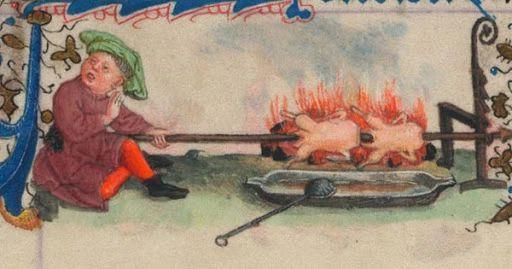
What Did Medieval Christmas Dinners Look Like?
In medieval England, people celebrated Christmas with elaborate roasted meats. For common folk, roast chicken or duck was standard. The wealthy, however, opted for something more extravagant:
- Roast Goose – A prestigious Christmas dish before turkeys became popular.
- Whole Pig’s Head – A centerpiece of medieval royal feasts, adding grandeur to the meal.
- Exotic Meats – The nobility sometimes roasted peacocks and other rare birds for spectacle.
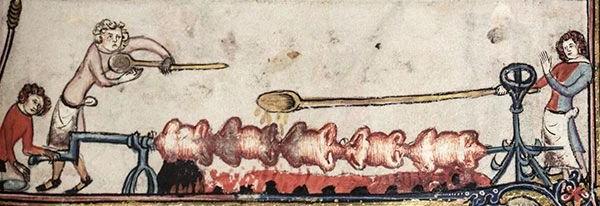
How Did Turkey Enter the British Christmas Tradition?
With the rise of the Tudor dynasty and the rapid expansion of British overseas trade, the country’s newly rich merchants began competing with aristocrats in extravagant feasting. When a noble family roasted a peacock, the wealthy merchants felt compelled to match them.
At the same time, another large bird made its way to British ports—the Guinea fowl from Africa. These birds were brought to England via Ottoman Turkey, leading the English to refer to them as “Turkey birds.”
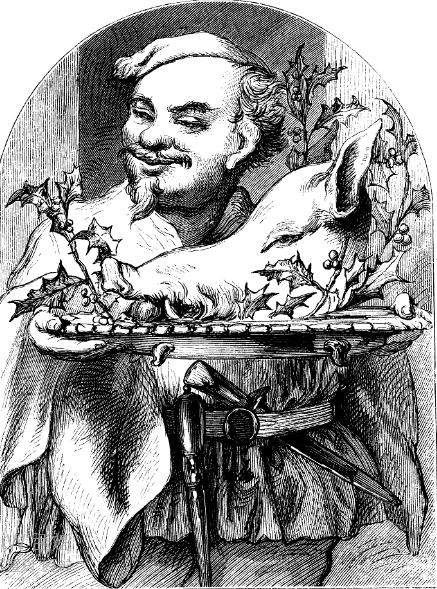
When the British arrived in North America, they found wild turkeys in abundance. Since roasting large poultry was already a Christmas tradition, these birds became the perfect choice for a holiday feast.
At the same time, the British also began shipping American turkeys back to England, where they gradually replaced roast goose in Christmas meals from the 16th century onward.
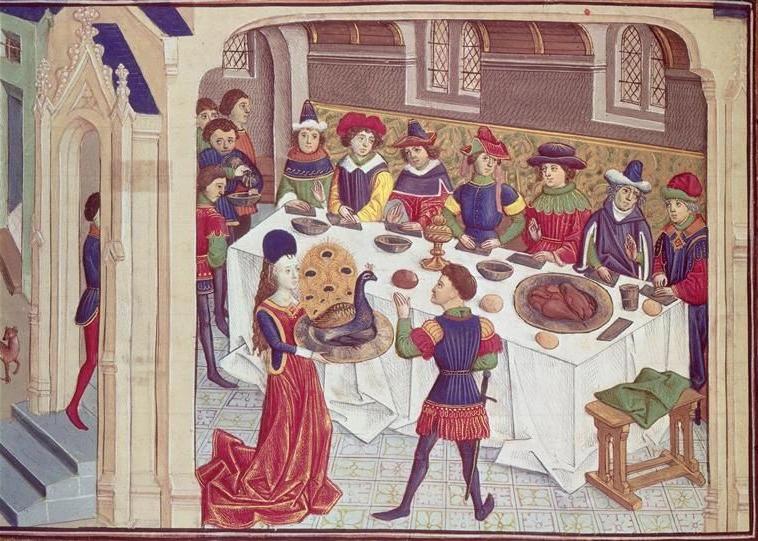
The Turkey Name Confusion
Interestingly, the name “turkey” has led to global confusion. Since British traders originally associated Guinea fowl with the Ottoman Empire, the name “Turkey” stuck when they later encountered American turkeys.
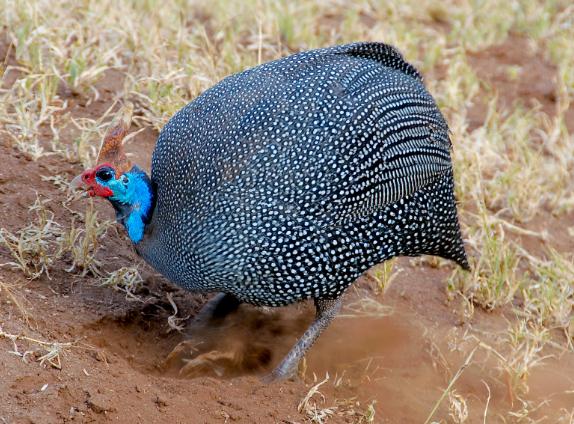
But here’s the ironic part:
- The British named turkeys “Turkey” even though they came from America.
- The Turks received turkeys from the New World, but since many Europeans at the time believed the Americas were part of India, the Turks called it “Hindi” (Indian bird).
- Today, while most countries refer to turkeys as “Turkey,” Turkey itself calls it “Hindi.”
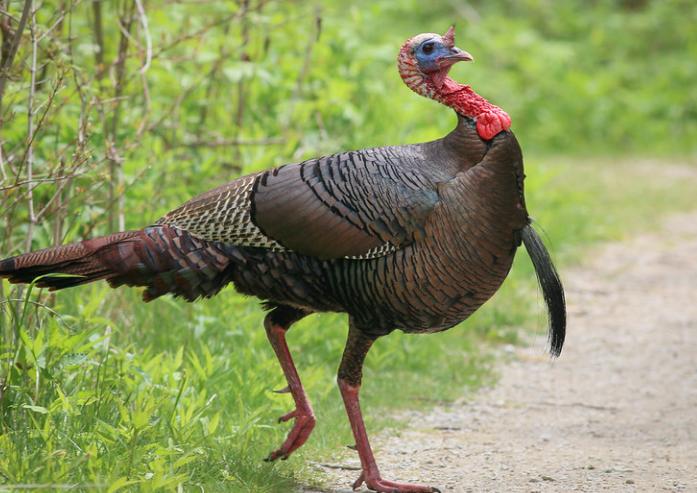
Is Turkey Actually Tasty?
Despite its status as the ultimate Christmas dish, turkey isn’t particularly delicious. Most Anglo-Saxons admit that it’s something they eat mainly for tradition rather than enjoyment. Much like mooncakes during Mid-Autumn Festival, turkey is often served as a festive centerpiece—then largely ignored once the celebration is over!






